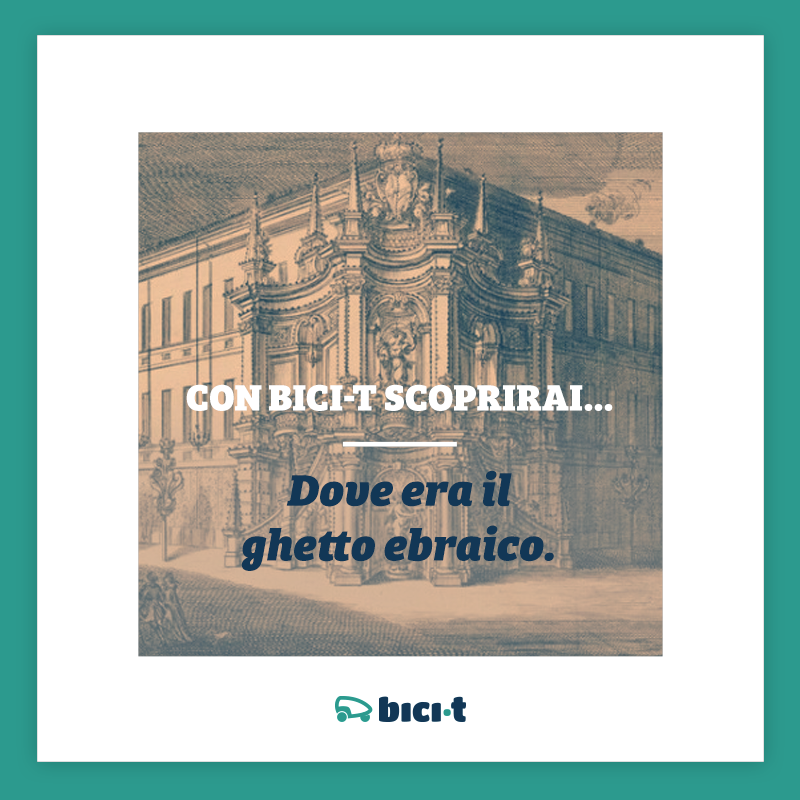The main center of the Jewish ghetto dates back to 1679, when the regent Maria Giovanna Battista di Nemours, established by decree the creation of the first and only existing ghetto of Turin in Piedmont and the Duchy governed by her until 1723. It was placed in former area of the Hospital of Charity, which occupied the entire block of Blessed Amedeo, on the district of San Filippo. It was structured in five courtyards – called Cortile Grande, of the priests, of the vine, of the tavern and of the terrace – communicating with each other through covered corridors, called dark Portici.
In the courtyard of the vine was the Spanish Rite Synagogue (Sefardita – Sefar in Hebrew signica Spain), while the Italian rite was in the Cortile Grande. The courtyard of the terrace was used as an oven for cooking the unleavened, while in the basement of the Great Courtyard there was the bath of the ritual bath, the Mikvè. The work activities of the Jews were mostly limited to crafts, such as tailors, shoemakers and other small businesses.
In 1848 with the Albertino Statute “The difference in worship is not an exception to the enjoyment of civil and political rights and the admissibility to civil and military offices”, the ghetto no longer had the need to exist, because Jews could also buy housing in other areas of the city and then the ghetto gradually emptied and the buildings were sold and renovated, it is in fact nineteenth-century and neo-baroque the current image of the block of the ghetto.
In the twentieth century, the Turinese Jews reside in all areas of the city, the most affluent to the Crocetta, the less wealthy families in San Salvario, near the Synagogue (built in 1884).
